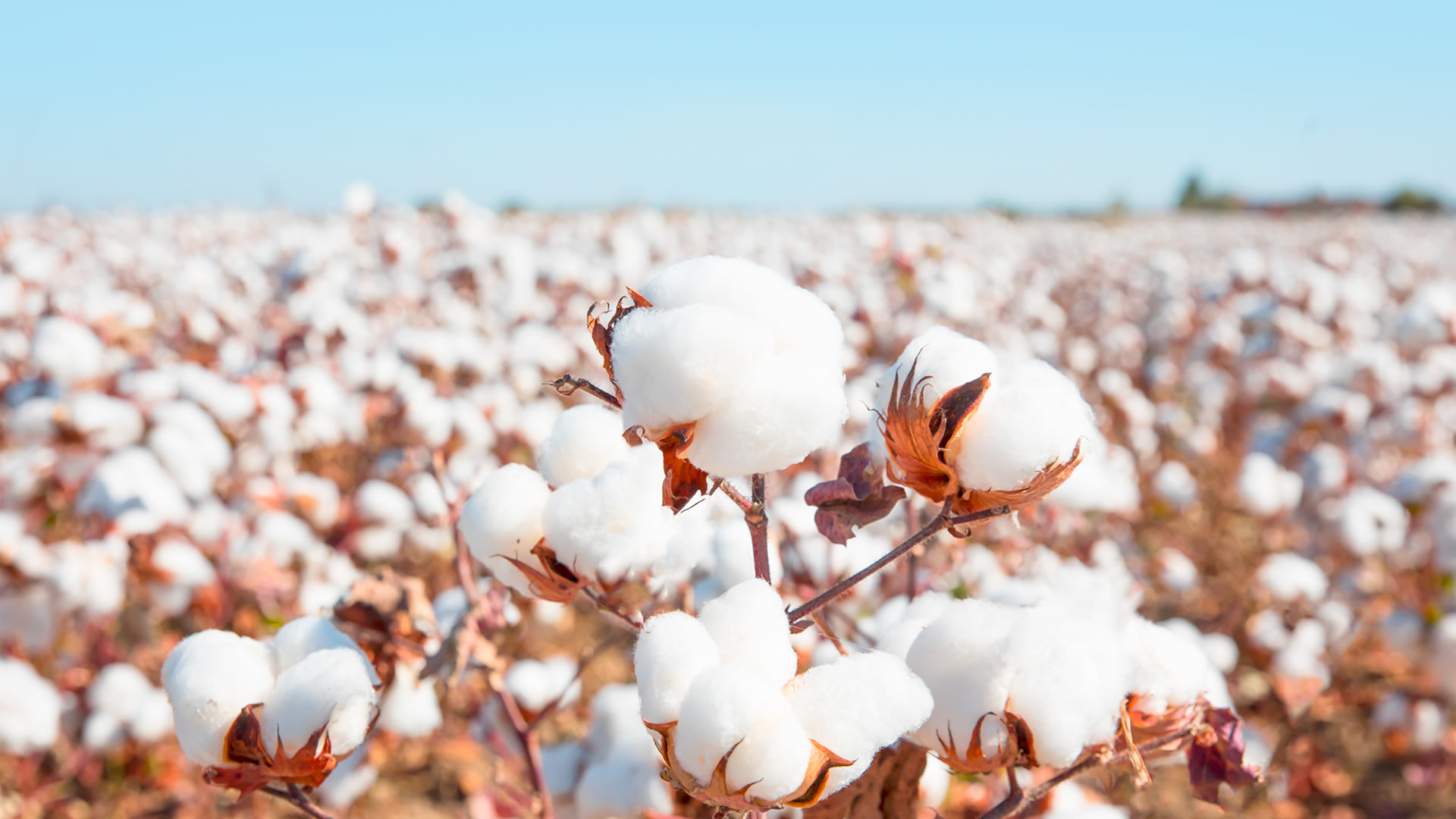
India needs to explore cotton reserves stockpiling
Cotton production and demand data needs to be more dependable, and all stakeholders must come together in this initiative to have good handle on the data at the farm, gin, and end-user levels, says Prof Seshadri Ramkumar, Professor, Texas Tech University, USA.
COVID-19 era consumption fuelled by available discretionary wealth helped with demand for products and commodities.
Housing market and home textiles market heated up enabling enhanced need for household products, cotton, and other fibres. Hoping to have the growth trajectory in spending, without expecting inflation, mills were hungry for cotton; not looking to get a handle on the price. While textile mills were caught in the demand driven market, inflationary pressures started creeping-up since January 2022, with United States hitting the four-decade high mark of about 8.6 percent.
Cotton price shot up above US$1.30/lbs. this season and is witnessing fall in recent days rising expectations for steep decline in the new season. Such a sharp rise and fall is not good for the market and will result in high volatility in case of any supply alterations due to climate, production issues and of course slowing demand influenced by economic situations such as inflation.
Is there any viable solution to control such a volatility? India should explore the possibility of stockpiling cotton as reserve, which is routinely undertaken by China. India’s state-owned Cotton Corporation of India [CCI} can lead this charge, stated, well respected commodity analyst Gnanasekar Thiagarajan, Director, Commtrendz Research, Mumbai.
CCI manages the MSP procurement process and when market prices are above MSP, it ceases major purchases as is the case this year. However, if the mandate of CCI could be altered to help with India’s cotton reserves, steep volatilities can be better controlled. Such an initiative will create confidence in the textile pipeline with farmers and end-users having some safety net. Farmers will have confidence regarding predictable buyer all through, and mills will be assured of minimum stock in case of adverse weather scenarios and market fluctuations due to multiple factors. This necessitates improved farm infrastructure such as efficient warehousing and quality evaluation.
How much reserve needs to be held and how to disburse cotton are all the issues that must be discussed with stakeholders. India has recently started having petroleum reserves and such a model can be looked at, added Thiagarajan.
Cotton production and demand data needs to be more dependable, and all stakeholders must come together in this initiative to have good handle on the data at the farm, gin, and end-user levels. Instead of having good guesses relying on multiple sources, more robust and scientific estimation methods must be implemented. Government can again lead this initiative as is undertaken by United States’ Department of Agriculture at a global level. The data must be relayed to end-users in a timely manner at fixed intervals during the cotton season. This will also alleviate unnecessary anxiety in the market and increase confidence in the sector.
Better control of supply, reliable cotton data collection and dissemination are priority tasks for the cotton supply chain.
About the author:
Dr Seshadri Ramkumar is the Professor, Nonwovens & Advanced Materials Laboratory, at Texas Tech University, Texas, USA. He can be reached on email: s.ramkumar@ttu.edu, or http://www.tiehh.ttu.edu/sramkumar




